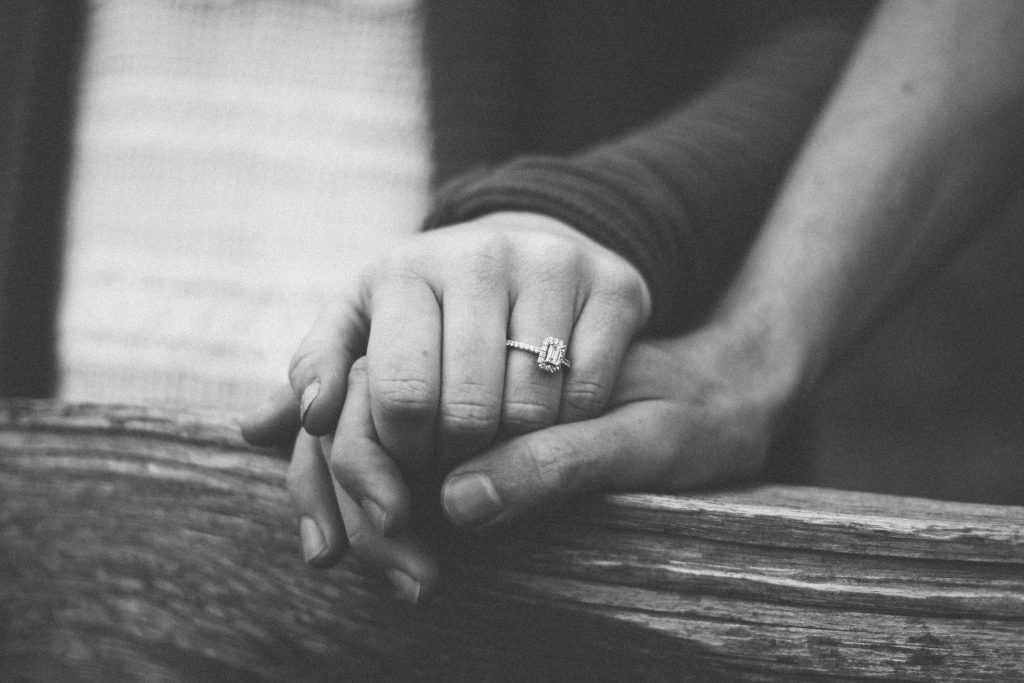As the first step in your wedding journey, your engagement is of paramount importance. Before you can plan anything, you have to secure an engagement ring. As jewellery that will (hopefully) be on your partner’s ring finger forever, the engagement ring needs to speak to them as a person.
That said, there are so many ring options to choose from. Princess cut, oval, cushion-cut, carats – it all becomes a blur. It’s easy to become overwhelmed with all the jargon being thrown at you.
Take a breath, and check out our quick guide to engagement ring styles.
View this post on Instagram
The four C’s:
The four C’s of diamond grading are universally used to describe the quality of diamonds. They refer to:
Cut – the shape of the diamond
Colour – the shade of the diamond
Carat – the weight of the diamond.
Clarity – the quality of the diamonds, specifically the internal appearance of the diamond and surface defects.
Cut:
The cut of your engagement ring refers to the shape of the diamond. There are seven main diamond cuts:
Round: This cut is a more classic, timeless style. It is best suited for someone who wants a traditional finish.
Princess: This cut is square in shape with four bevelled sides that creates an upside-down pyramid shape connecting to the band. It is glamorous and modern, yet utterly romantic.
Emerald: This cut details an elongated rectangular cut and step-cut faceting. It is sophisticated and eye-catching, for the glamorous bride.
Oval: The oval cut ring perfectly accentuates long, slender fingers, and is both trendy yet classic.
Cushion: Also referred to as a pillow-cut, the cushion cut ring features four square-rectangular sides with curved corners and multiple facets. It is feminine and trendy.
Pear: This teardrop-shaped diamond cut is quite unique. It beautifully elongates the fingers and is often the ring for the more adventurous bride.
Marquise: This cut is a more pronounced oval shape, featuring two pointed ends that create a boat hull-esque shape. This cut is for the daring, less traditional bride.
Metals:
The metal chosen often depends on the jewellery your partners often wears and their skin tone. Cooler skin tones are encouraged to wear metals such as platinum, silver, and white gold. Warmer toned skin tones are most suited for yellow-gold and rose-gold metals. But again, there are no rules!
Image: Unsplash




















